Paralysed after an accident, Leow kept on running
SINGAPORE – Growing up as a “fat kid” in Victoria School, Zac Leow never imagined that he would one day be a national athlete, and run a race in the 55,000-seater National Stadium. The overweight teenager, who tipped the scales at 105kg then, was often teased by classmates for his size and struggled to even complete one round on the track.
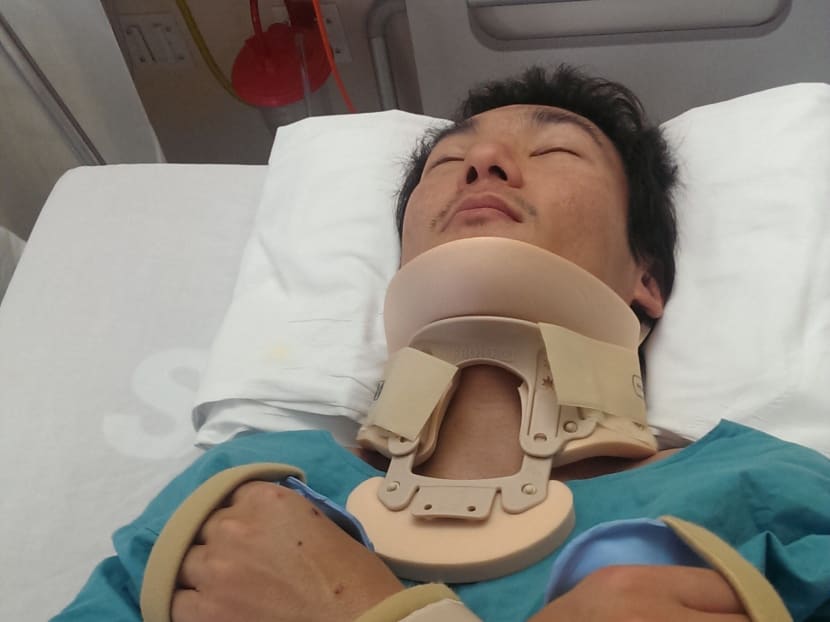
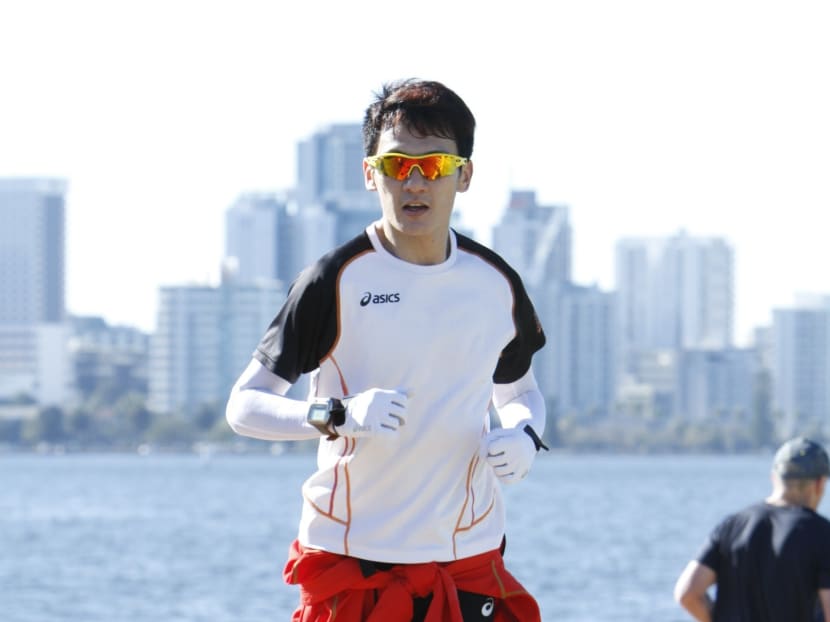
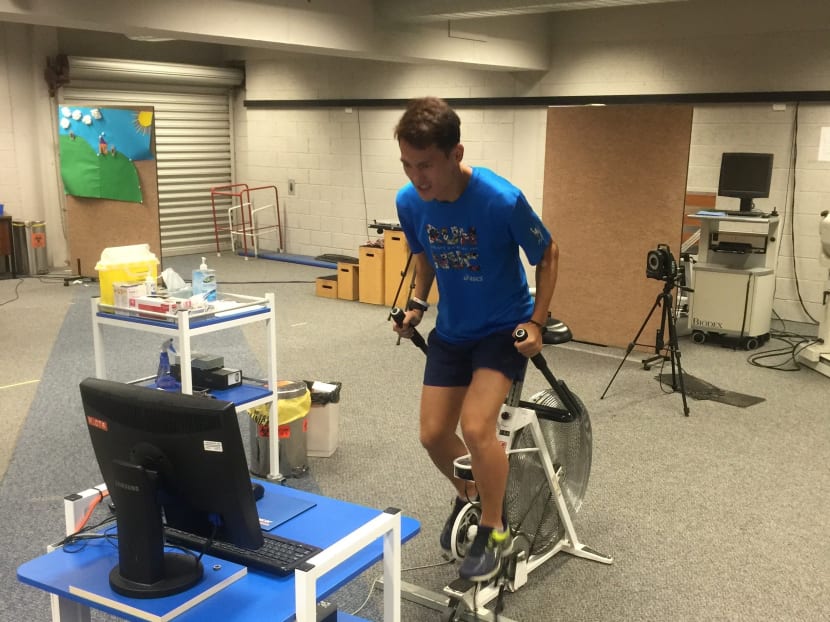
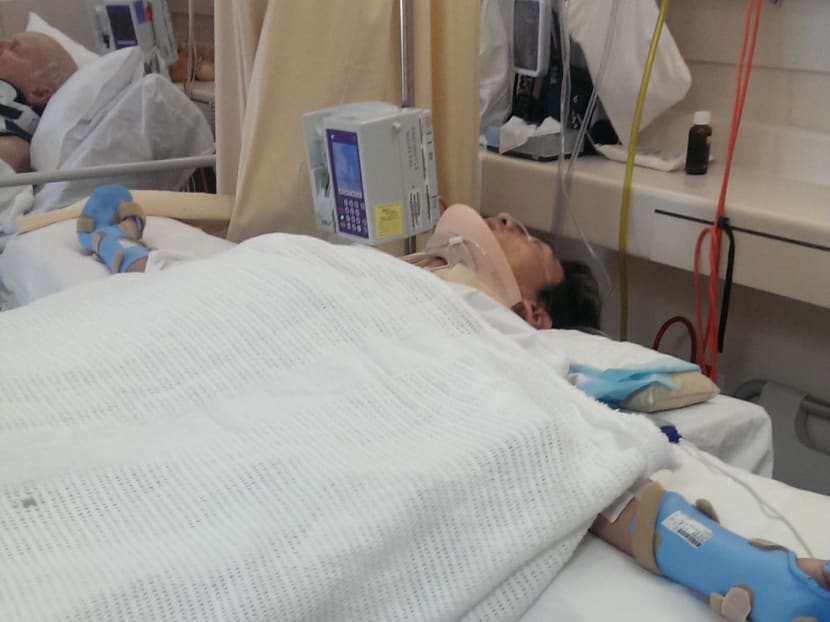
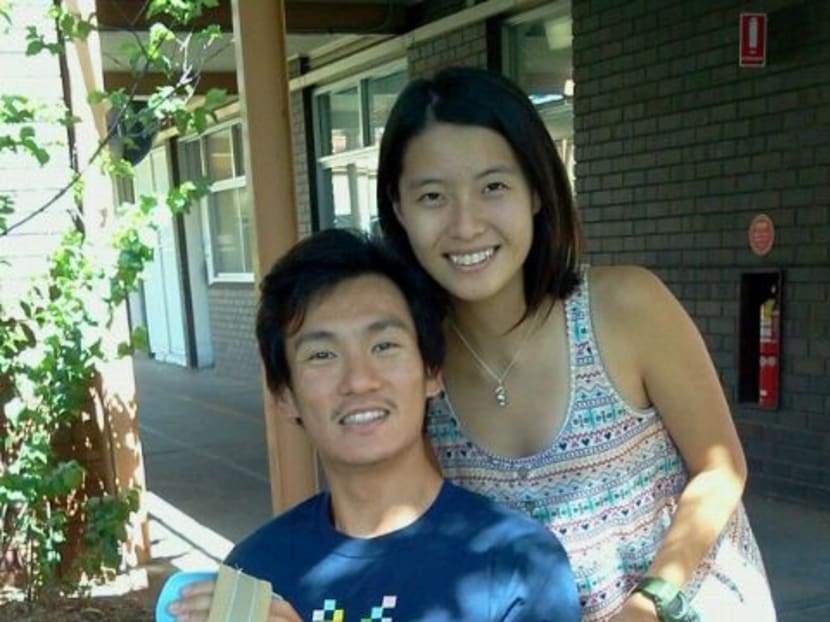
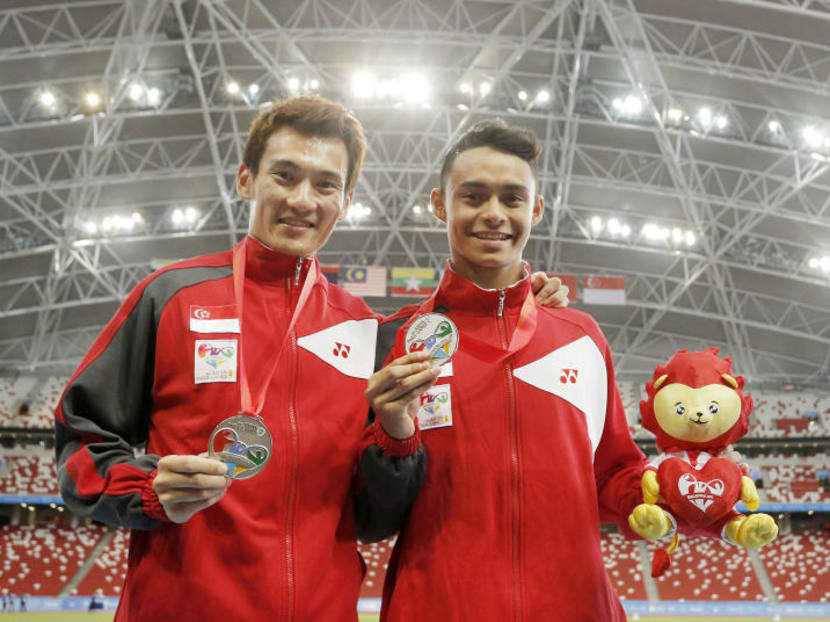
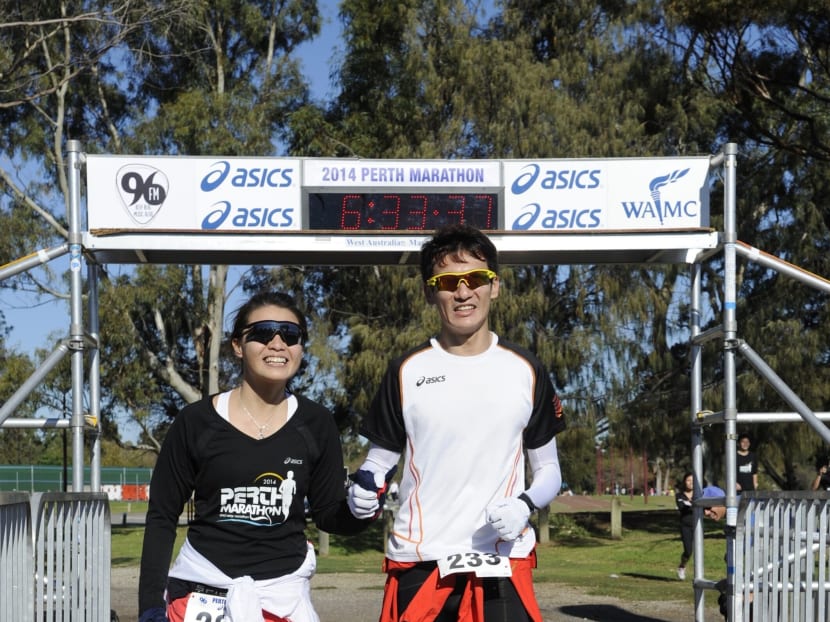
SINGAPORE – Growing up as a “fat kid” in Victoria School, Zac Leow never imagined that he would one day be a national athlete, and run a race in the 55,000-seater National Stadium. The overweight teenager, who tipped the scales at 105kg then, was often teased by classmates for his size and struggled to even complete one round on the track.
But Leow is not one to sit back and wallow in self-pity.
Just ask his doctors.
In November 2013, the University of Western Australia (UWA) sports science undergraduate was cycling in Shenton Park – 4km west of Perth city’s central business district – when his bicycle’s front wheel caught in a drain, causing him to flip over and hit his head. The impact caused a fracture in his third cervical cord, and damage to his spinal cord, paralysing his body.
After days spent in the hospital hooked up to machines and pumped with painkillers, the doctor delivered a damning prognosis: he would not able to walk again, and he would be really lucky if he could.
“One of my most memorable experiences through this was hearing my parents’ voices in the hallway, and their wails when they saw me…it was such a heartbreaking moment,” said Leow, 30, in an interview with TODAY.
“I didn’t have the heart to tell them the prognosis. But they probably knew as I couldn’t even turn my head to talk to them.
“When the doctor told me the news, I was disappointed but I told myself it was nothing new as I had already guessed this much after the accident.”
But Leow refused to listen, or give up, instead focusing his energy on recovery and rehabilitation. While the accident had ended the budding runner’s hopes of representing Singapore in the marathon at the 2015 SEA Games, he knew he wanted to walk, and run again.
He added: “I told myself I couldn’t forget the feeling of running, and kept thinking of the times I ran a marathon – how it felt to have the wind on my face, my arms swinging by my side. I couldn’t really move then, but I tried to move my fingers constantly even though there was no movement.”
He spent many hours in rehab relearning basic skills such as sitting up, eating, and walking. Discharged from the hospital days before Christmas, he took his first steps from his home kitchen to the toilet, advancing to a “real 2km walk” after Chinese New Year.
His physiotherapist delivered yet another dampening piece of news post-rehab, when he told her that his goal was to run a marathon again. “She asked me to stop being so greedy,” he said. “People with my condition can hardly walk to the toilet, and that it was unlikely that I would ever complete a marathon again. That made me very disappointed, but it spurred me on to try.”
Step by step, metre by metre, Leow walked, and then jogged, proving his doctor and physiotherapist wrong in June 2014 when he completed his first marathon – the Perth Marathon – in 6hr 30min with fiancee Shina Lee.
Eighteen months later, he was standing on the winner’s podium at the National Stadium, his Asean Para Games silver medal in the men’s 1,500m T37 proudly slung around his neck. Dressed in his best friend’s - ex-national sprinter Gary Yeo - SEA Games jersey, Leow called it a “fantastic” feeling as he celebrated his win with his family and friends.
His journey from the paralysed victim of a horrific bike accident to medallist at the region’s biggest para sports event had been a long, painful one, but Leow plans to trudge on. Currently based in Perth, where he is pursuing a PhD in sports science at UWA, Leow continues to train with coach Grant Landers, logging in 50km a week as he targets a spot at the World Championships and Commonwealth Games in the future.
He has also set his sights on running the Kobe Marathon in 2018.
Over two years after the accident, Leow still has not recovered full range of motion on the left side of his body, and he has to eat painkillers every night in order to sleep. But he continues to defy his doctors, as he added: “They have told me to stop running a lot of times. I usually end my runs with a fall because of the muscle spasms. Doctors say my next fall could aggravate the damage, and if I sever my spinal cord I could lose mobility.
“They have never met someone in this situation so they don’t know my life expectancy. They don’t know if I’m living on borrowed time and some of them believe I could be wheelchair bound again at 50.”
But Leow is going to keep running, as he said: “It is definitely worrying hearing that as I wouldn’t want to go back to into a wheelchair. My fiancee and I had a serious discussion but we decided there was no point in thinking so much about the future. If I enjoy running, I will continue doing it.”





